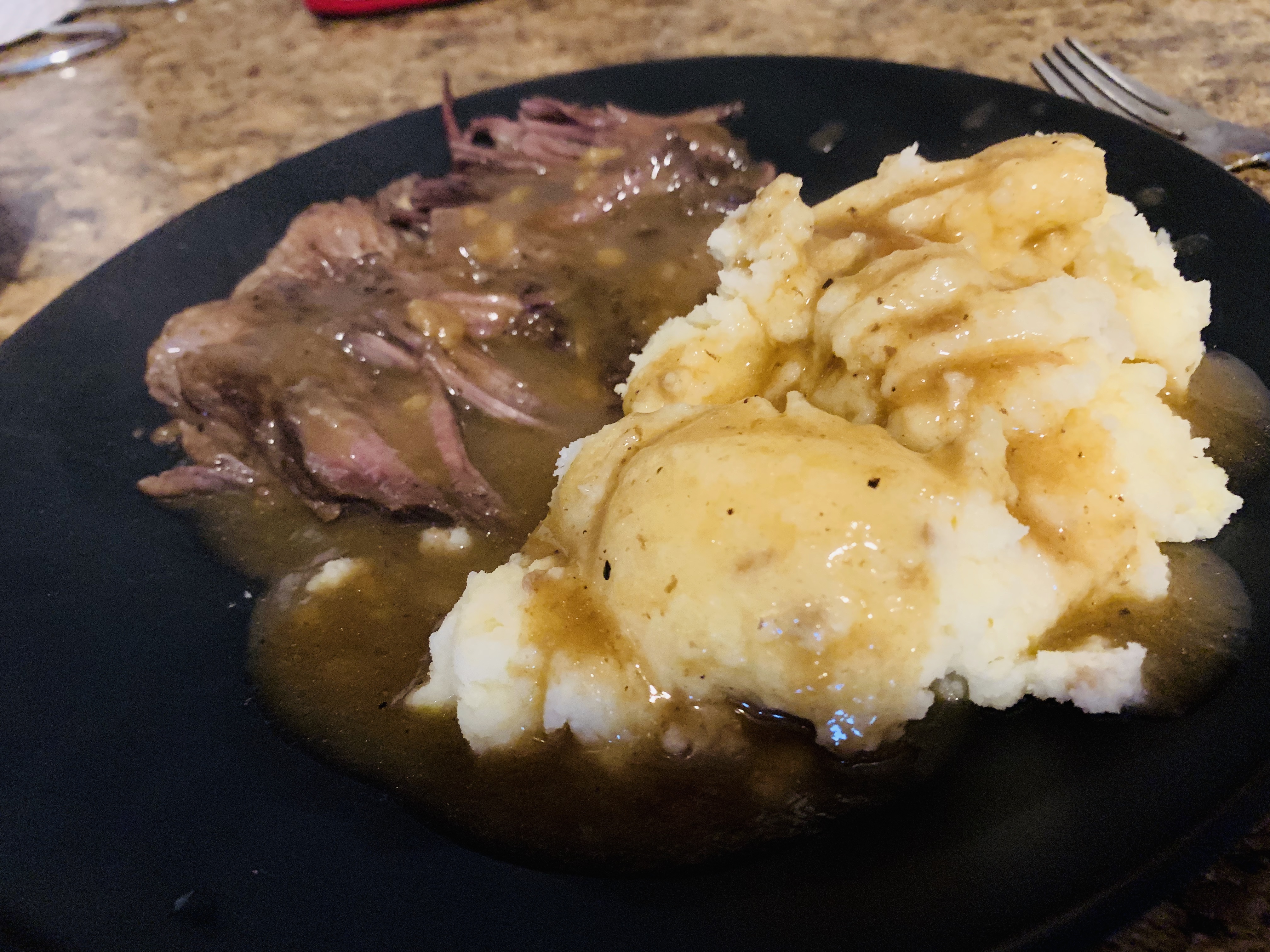
Though it seems far older, Zum Stammtisch was founded in 1972 in Glendale, Queens, which at the time was home to a large German immigrant population. Here are the 10 best old-fashioned German restaurants, all to be recommended for the solid quality of their food and their dedication to German beers. Luckily, we have nearly two dozen old-fashioned German restaurants remaining, and about the same number of newer spots, including branches of two transplanted Bavarian beer halls. There are close to 200 items on the menu, and many of them engender so little curiosity that only some kind of crazy obsessive investigator/cataloguer would look into them all." Of it, Seymour Britchky scolded in 1974, "It has been said that all the food at Lüchow’s is terrible. Oompah bands played in Lüchow’s rambling interior, which seated 1500. It occupied a pink three-story structure near 14th Street and Irving Place, a few doors from the Academy of Music, the city’s most respected opera house (which subsequently became The Palladium and then an N.Y.U. Besides Luger, there was Lüchow’s, which existed from 1882 to 1986. Let’s also note that many of the dishes we regard as German came from the southern part of the country, specifically Bavaria.Ī century ago many of the city’s most famous restaurants were German. It’s largely a meat-and-potatoes affair, featuring pounded pork and veal cutlets known as schnitzels, so many sausages it’s hard to identify them all, innumerable forms of pickled cucumbers and cabbage, herring and oxtail salads, lots of meatloaf-type recipes, and the novel use of sour flavors in such dishes as sauerbraten. Stroll in the front door today and find its plain dining rooms lined with beer steins.Įven more than the beer culture, we have German and German-Jewish immigrants to thank for a large share of the cuisine we regard as New York fare. Until Prohibition shut many of them down, dozens of micro-breweries were to be found in Bushwick and Williamsburg, where Peter Luger Steakhouse (established 1887) is the oldest German institution. Spoon the gravy over the beef.By the early 20th century, German immigrants were concentrated in Yorkville on the Upper East Side - where German restaurants and butcher shops still exist - and in Williamsburg, Bushwick, and adjacent neighborhoods in Queens that included Ridgewood, Glendale, and Middle Village. Transfer the sliced beef and cabbage mixture to plates. Add the remaining ¼ cup cold water, whisking to dissolve. During the standing time, pour the 2 cups refrigerated marinade into a medium saucepan. Let the beef stand, covered, for about 15 minutes, or until it registers 160☏ to 165☏ on the thermometer. Quickly transfer the beef to a cutting board, leaving the cabbage mixture in the slow cooker. If using the high setting, change it to low. Cook on low for 4 to 5 hours or on high for 2 to 2 ½ hours, or until the beef is tender and registers 155☏ to 160☏ on an instant-read thermometer.Ħ. Quickly arrange the cabbage and apples around the beef and re-cover the slow cooker. Cook, covered, on low for 4 to 5 hours or on high for 2 to 2 ½ hours.ĥ. Cover and refrigerate the remaining marinade.Ĥ. Pour 2 cups of reserved marinade over the beef. Cook the beef for 10 minutes, or until browned on all sides.ģ. In a large nonstick skillet, heat the oil over medium-high heat, swirling to coat the bottom. At cooking time, drain the beef and pat dry, reserving the marinade.Ģ. Cover and refrigerate for 8 to 24 hours, turning occasionally. In a glass or other nonmetallic bowl large enough to hold the beef, stir together the broth, 1 cup water, the vinegar, sugar, allspice, ginger, and cloves.


Sauerbraten origin plus#
Water as needed plus ¼ cup cold water, divided useġ. German Sauerbraten with Cabbage and Applesġ (4 pound) top round roast or eye-of-round roast, all visible fat discardedġ medium Vidalia onion, thinly sliced and quarteredĢ large semitart apples, such as Gala or Jonathan, sliced


 0 kommentar(er)
0 kommentar(er)
